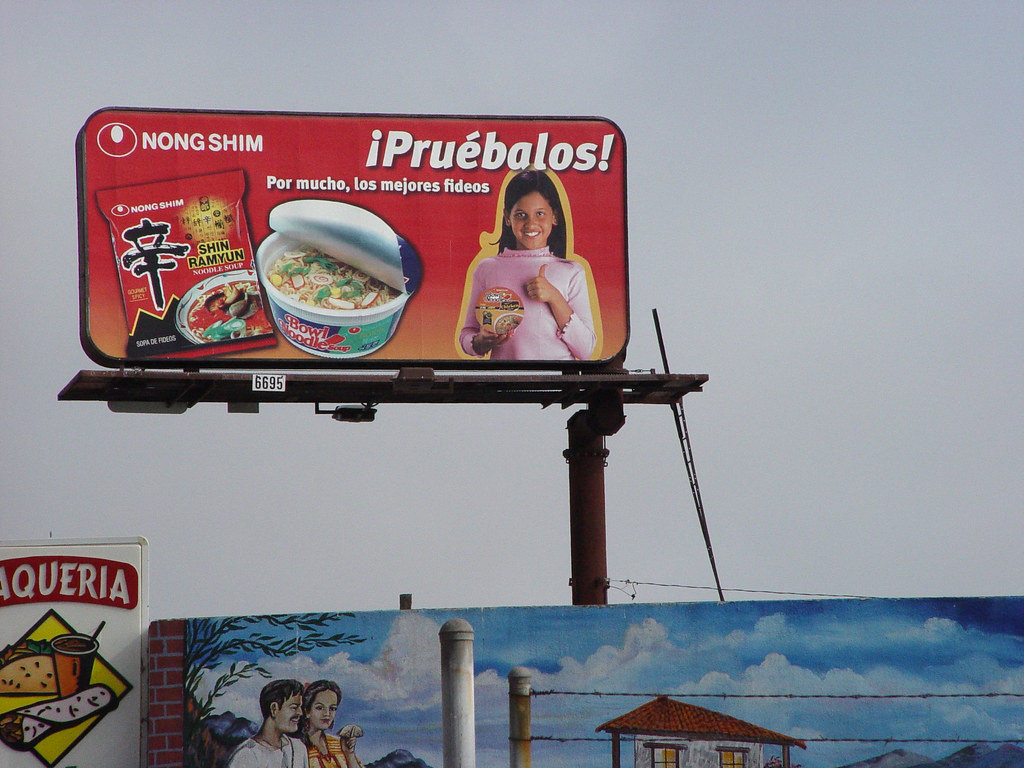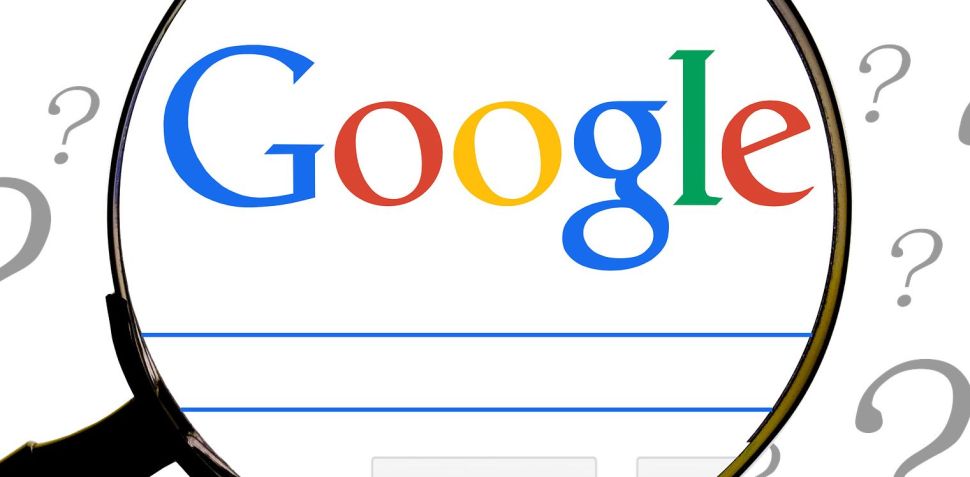Is it better to promote in Spanish, English, or Spanglish? This is a basic question when it comes to marketing to the vibrant, multilingual Hispanic community in the United States, and it is one that we frequently hear from customers.
This article will help you decide when to utilize Spanish in your advertising. Continue reading to learn more!
A Simple Structure
For all in-language and in-culture marketing executions, we created a Language Decision Framework. This thorough handbook, developed after years of working with over 100 prominent corporations, assists organizations in making language selections for any Hispanic marketing campaign.
The Language Decision Framework is divided into three sections:
- Givens: The "inherited" brand characteristics, such as category and target, that seldom change.
- Decisions: Elements such as the objective, interaction, locale, and format that need continual marketing involvement and optimization.
- Constraints: The limitations on executions, such as space and time, as well as backlash and cost.
The language used is influenced by a variety of things. If you simply consider converting your English advertising into Spanish, you will miss out on a great chance for interaction.
The Factor Of Trust
Another, slightly distinct, but related element is the metaphorical height of the trust barrier you're up against. This second dimension inside the category is a mix of the price barrier and the trust barrier.
"How much does a consumer have to give up to complete this transaction?" They give up little time or moneyin the low trust/low price category. While high trust/high price categories necessitate a greater commitment.
Undoubtedly, when the price and trust barrier is higher, buyers have a stronger desire to comprehend. In this scenario, Spanish can be a useful explaining tool. But keep in mind that Hispanics might be wary of frauds in Spanish, especially if they include financial or other sensitive information.
If Spanish is the solution for your brand, develop Spanish communications from the ground up. Alternatively, invest in professional translations. This may appear apparent, yet blunders in the market are common.
When You Should Use Emotion?
Everything begins with the Givens, the first of which is Category. First, you must determine where your category falls on two scales: emotional resonance and trust.
L1 language is an essential notion in this context. An L1 language is a person's dominant language, which is often the first language they learn.
This is significant not just for comprehension issues, but also because bilinguals have a stronger, more emotional attachment to their primary language.
Some categories are naturally more emotional than others. If you ask a bilingual individual about their favorite home-cooked dinner, this memory is most likely encoded in the L1 language. Memory, language, and emotion are all linked via L1 circuitry.
Food and entertainment are intrinsically emotive categories. Naturally, these sectors have more license and, to be honest, desire from L1 Spanish consumers to speak Spanish.
It's easy to understand how marketers in emotionally charged industries might utilize language to elicit recollection and play on nostalgia.
Other types are more utilitarian and less emotive. As a general rule, they should rely on English-language executions. There are several causes for this, ranging from customer apprehension about inadequate translations to a rising requirement for clarity in complicated services.
Conclusions
If you are considering converting your existing English marketing to Spanish, you may be passing up an opportunity for interaction. Begin farther upstream, in the strategic planning phase, to generate memorable and effective marketing executions for multilingual Hispanic customers. First, determine where you lie on the emotional and trust spectrums.
This is only the first stage in the language decision-making process. To be effective, remember the givens (the target), go through your decisions (the objective, interaction, place, and format), and ultimately, acknowledge the restrictions (space & time, backlash, cost). Your linguistic "solution" will differ depending on your brand, category, target audience, and desired marketing activity.
How Is Language Used In Advertising?
Advertisers utilize a mix of communication kinds to build a language that is specific to their purpose: to persuade people to purchase what is being marketed, to persuade consumers that a certain brand is more valuable, and to worm a logo, design, or jingle into the buyer's subconscious.
What Is The Hispanic Market?
The Hispanic market, with 61 million people or 18% of the population, is the country's second-biggest racial or ethnic group, after white non-Hispanics. Furthermore, they accounted for more than half (52%) of the U.S. population increase from 2010 to 2019.


